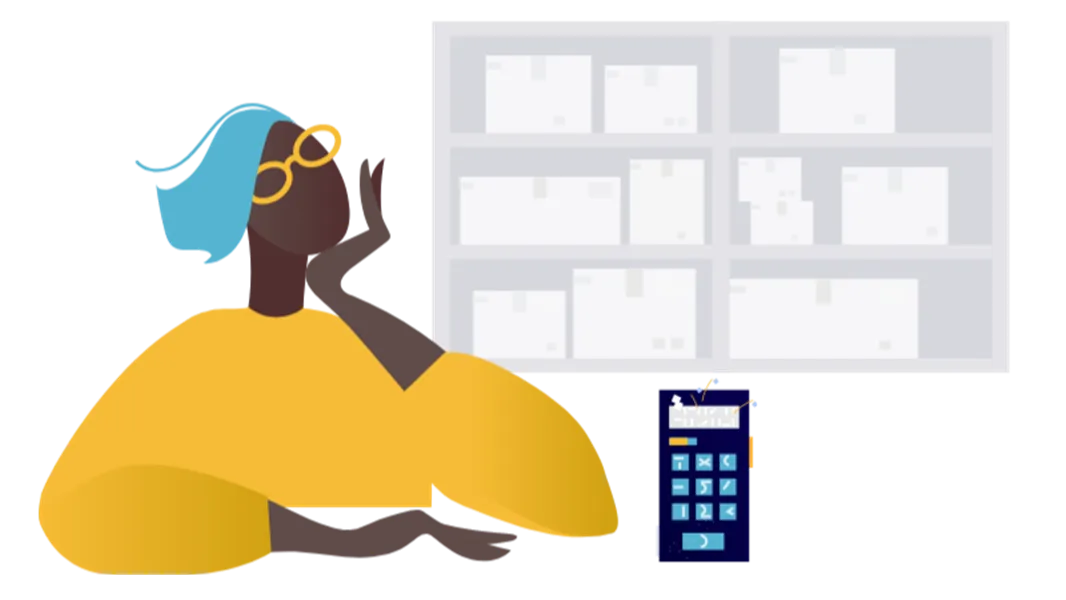How to price your products
Written by Amy Monaghan
February 5th, 2021Other subjects...
small business successes gifts challenges small business share meet the maker news technology
Making things by hand is a creative process. You've had to hone those skills over many hours. You've invested in stock throughout the years, and let's face it you've cupboards full of stuff that at the time seemed like a legitimate new crafting endeavour. Having craft as a hobby is an amazing thing, great for your development and your mental health. But what happens when you want to start selling them?
There are two types of craft seller, and there is no right or wrong answer to this, but are you someone who loves crafting and wants to sell as an extension of your hobby, or, are you looking to make a living out of this?
If the payment of your mortgage is dependant on sales then your pricing strategy is going to need to be very robust. However, if you're looking for your small business to be able to fund itself then you'll be much more inclined to wait and see how it goes. But the principles are the same, so let's have a look at the basics.
Sales prices are dependant on you
We get a lot of questions about pricing makes against other crafters prices but as we've alluded to already, so many people are in this for so many different reasons, so that's not a good starting point. It's also like trying to compare apples with oranges if you'll allow us the cliché. The main advantage of handmade gifts from a customers perspective is the uniqueness, so if you're finding products that are identical to yours then there's probably an issue. Identifying the unique selling point of your items is important, and also allows you to make your selling prices unique to your products.
Calculating costs
Now if you get this right first time we'll be amazed, it's a process that takes time and refinement, so hold off printing all of those price lists until you're sure.
The very basic way that we first encourage people to price their makes is to calculate the cost of the materials for that product and then figure out how much of your time it takes to make them. If you're planning to pay yourself you'll need a figure in mind for your hourly rate, then multiply this by the hours and add the material cost. If you make multiples, calculate the cost for making 10 for example, and then divide by 10. This will give you the very least you need to charge per product to break even. And it's probably much more than you think.
Refining the model
So, what if you look at your product and think - I can't charge that? This is where the business bit comes in. So far you've been buying stock from the end retailer, so you can change your suppliers. You've been making one at a time, but it's quicker in bulk so you upscale to save time and therefore cost. You have been hand finishing everything but are now investing in the equipment to make it quicker. These things can also come with time, so don't beat yourself up, it's not going to be in place on day one. You've a sales base to build whilst you're tinkering.
And the bad news is that's just the beginning - But don't despair! Making a business is not easy, but it can be very rewarding, so keep track of your finances. You'll need to do this anyway when you get to the fun part of filing taxes, but for now make sure you're accounting for all of your costs. There's the obvious stuff like stall fees and material costs. But what about insurance, packaging materials, display items, props for photoshoots, that new sewing machine you bought but pretended it was just for you.
Looking online to find out what everyone else is selling things for isn't going to cover that. Don't get involved in the race to the bottom. Price your products with knowledge behind you and be proud of the end result. If you can communicate those virtues to the customer they'll support you too, and then you'll have a sustainable business rather than one that's fighting you every step of the way.
When you get into the realms of trying to make a profitable business all of this is worth considering, and it's a sign that you're taking the steps from something to keep you busy into full-blown small business ownership.
Good luck!